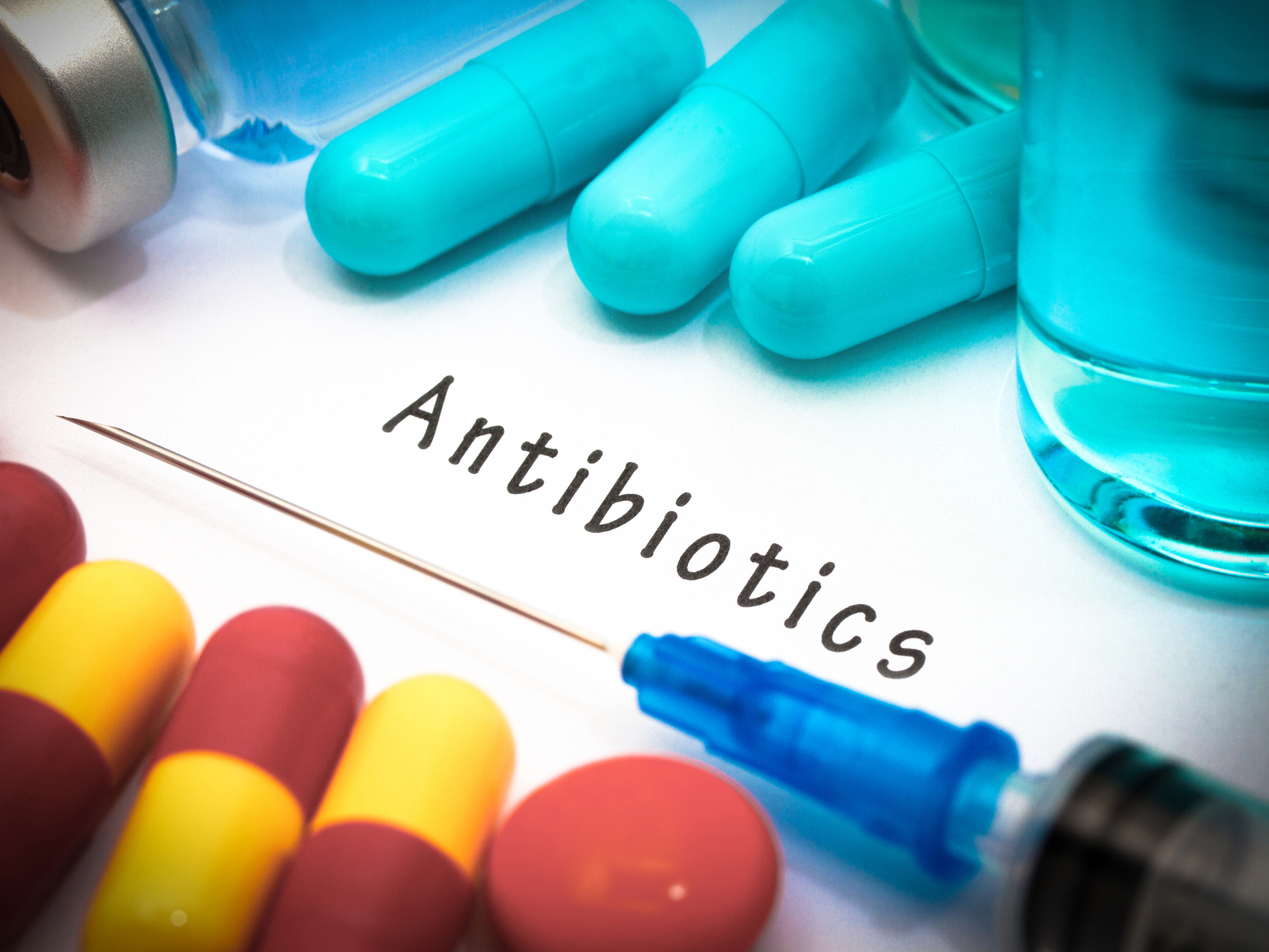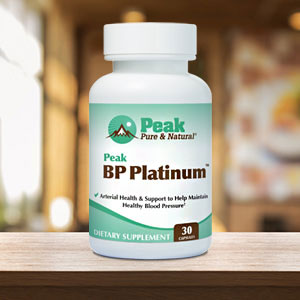Get Easy Health Digest™ in your inbox and don’t miss a thing when you subscribe today. Plus, get the free bonus report, Mother Nature’s Tips, Tricks and Remedies for Cholesterol, Blood Pressure & Blood Sugar as my way of saying welcome to the community!
This parasitic worm may be our best hope against drug-resistant superbugs

Here’s a scary fact…
The Centers for Disease Control and Prevention (CDC) said we’ve already entered the post-antibiotic era.
What does that mean exactly?
It means we’re living in an era where we can’t count on antibiotics anymore. And people are dying as a result. In fact, one person dies every 15 minutes because of antibiotic resistance. And that number is going to get worse before it gets better.
Right now, roughly 700,000 people die per year from diseases that don’t respond to antibiotics worldwide. That number is expected to climb to 10 million by 2050.
What can we do about it?
Find alternatives for the antibiotics we’ve used over and over again for decades. And researchers from Northeastern University have just done exactly that.
They found a new antibiotic that could treat many of the drug-resistant superbugs that are putting humankind in serious danger. And they found it in an unusual place — the gut of a worm!
Unearthing the next big antibiotic…
A new study from researchers at Northeastern University just uncovered an antibiotic that can knock out gram-negative bacteria — bacteria that are resistant to most available antibiotics. Where did they find this amazing new antibiotic?
In the microbiome of a nematode, a small parasitic worm that lives in soil.
The new antibiotic compound is called darobactin, and it was made from a bacteria found in nematodes called Photorhabdus. In the study, darobactin cured gram-negative bacterial infections like E. coli and Klebsiella pneumoniae in mice.
Why can it kill these notoriously unkillable infections?
Well, it all has to do with the mutually beneficial relationship between nematodes and Photorhabdus.
Nematodes worm their way inside caterpillars and other insects with one intention — to feast on them. To kill these caterpillars, nematodes release Photorhabdus bacteria, which acts as a toxin.
Once the caterpillar dies, though, nematodes need help warding off other microbes that want to steal their snack, including many gram-negative bacteria. Luckily, Photorhabdus bacteria are up to the task.
Since Photorhabdus is well-versed in killing gram-negative bacteria in this scenario, researchers thought it might fight gram-negative bacteria in mice too. And it did. Researchers also knew that since Photorhabdus bacteria is non-toxic to nematodes (which are animals, just like us) that it would be safe for mice and (hopefully) humans.
Fighting antibiotic resistance on the home front
Now, it will be a long time before darobactin is available for use. It has to go through clinical trials in people first. But with the post-antibiotic era looming over us, it’s good to know there are alternatives being developed.
And while researchers are hard at work trying to save humankind from antibiotic-resistant superbugs, we should all do what we can to protect ourselves and others.
Related: 7 things you need to know before taking antibiotics (slideshow)
Antibiotic resistance is obviously a societal issue that goes far beyond the actions of one individual. But we have to do what we can, right? Here are a few of the things you can do to fight rather than fuel antibiotic resistance:
- Don’t take antibiotics unless you need them. This one sounds obvious, but it’s astounding how often antibiotics are used “preventatively” or for non-bacterial infections. If you have a virus (like a cold or the flu), don’t ask your doctor for an antibiotic. It won’t help.
Also, if you have a catheter and your urine tests positive for bacteria, don’t take antibiotics unless you have the signs and symptoms of a UTI. Almost everyone with a catheter has bacteria in their urine, but it doesn’t necessarily mean you have a UTI.
If you have sinusitis, you most likely don’t need an antibiotic. Most sinus problems are caused by viral infections or allergies. These are just a few examples of situations where antibiotics are often prescribed unnecessarily. But there are many more. So, stay on your toes.
- Take probiotics. There’s evidence that taking probiotics can decrease your risk of developing bacterial infections. In fact, a 2018 study found that children and infants who took daily probiotics were less likely to develop infections that required antibiotics.
- Buy organic, antibiotic-free food. The industrial food system is filled with antibiotics— especially animal products. So be a wise shopper for your own sake and the sake of humankind. Buy organic, antibiotic-free meat and dairy products. And make sure to cook your meat well to keep sneaky superbugs from finding their way into you.
Editor’s note: Did you know that when you take your body from acid to alkaline you can boost your energy, lose weight, soothe digestion, avoid illness and achieve wellness? Click here to discover The Alkaline Secret to Ultimate Vitality and revive your life today!
Sources:
- A new antibiotic has been hiding in the gut of a tiny worm. It may be our best weapon against drug-resistant bacteria — Phys.org
- A new antibiotic selectively kills Gram-negative pathogens — Nature
- Gram-negative Bacteria Infections in Healthcare Settings — Centers for Disease Control and Prevention
- The post-antibiotic era is here — Vox
- Antibiotics for People with Catheters — Choosing Wisely
- Treating Sinusitis — Choosing Wisely
- Probiotic use may reduce antibiotic prescriptions, researchers say — MedicalXpress














